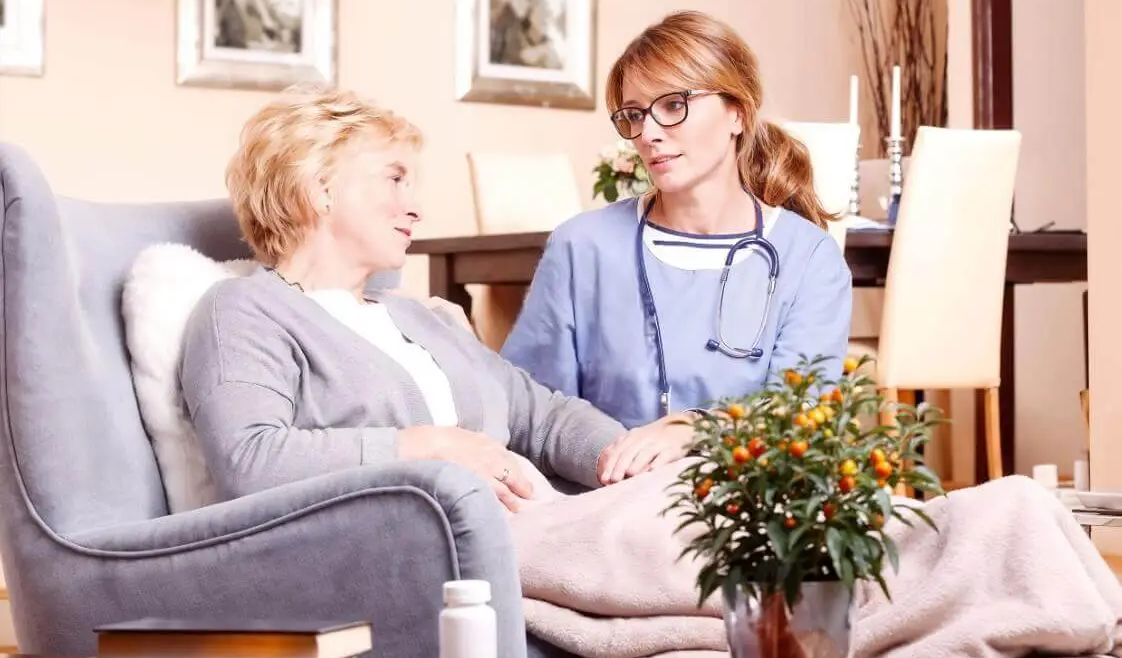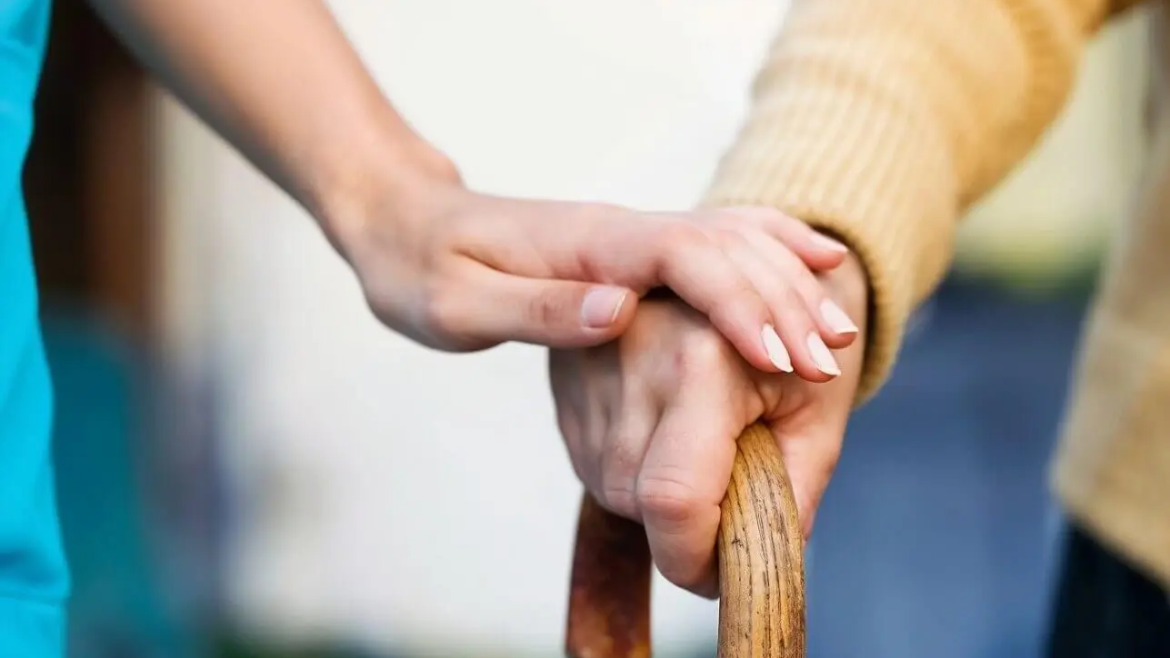Four Stages Of Hospice Care End-of-life care is a profoundly compassionate continuum thoughtfully divided into four distinct stages or levels, each embracing a specific facet of care and support. Let’s examine what are the four levels of hospice care. What Is the Most Common Level of Hospice Care? What is the most common level of hospice care? Routine home care…











